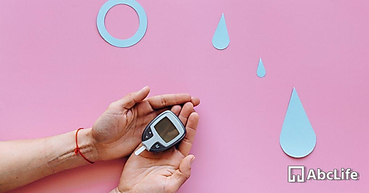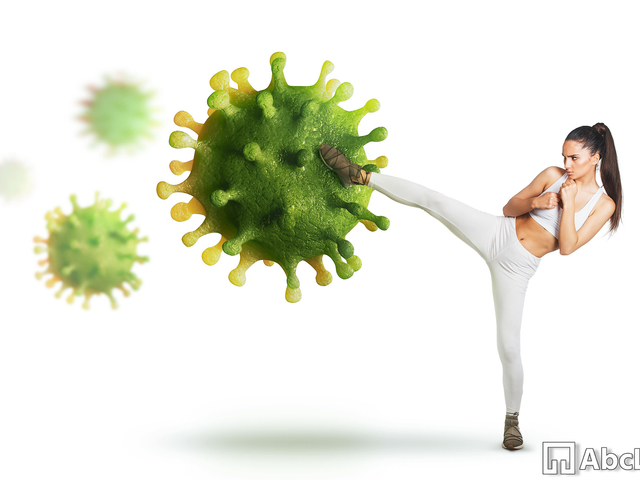Exfoliation is the procedure used to remove dead skin cells from the skin's surface. It promotes cell turnover, clears clogged pores, fights acne, and leaves behind brighter, smoother skin. The advantages of exfoliation for achieving a glowing, healthy complexion are discussed in this article. We go over various exfoliation techniques, including physical and chemical exfoliants, and their suitability for various skin types.
The Benefits of Exfoliation

Exfoliation is the procedure used to remove dead skin cells from your skin's surface. Exfoliation can be done in two ways: physically or chemically. Exfoliation is a step in your skincare regimen that can benefit your skin in a number of ways, including:
1. Brighter and Smoother Skin
Exfoliation aids in removing the accumulation of dead skin cells that can cause your skin to appear rough and dull. Your skin will look smoother and more radiant after these dead skin cells have been gently removed, giving you a radiant complexion.
2. Improved Skin Texture
By clearing clogged pores and reducing the appearance of acne, blackheads, and whiteheads, exfoliation can help your skin's texture. Your skin will be able to breathe more easily and absorb products more efficiently if you remove dead skin cells.
3. Enhanced Skin Hydration
By exfoliating your skin, you take away the barriers that stop your moisturizer from deeply penetrating. This enables your skin to more effectively absorb the moisture content of your products, leaving it feeling hydrated, soft, and supple.
4. Anti-Aging Benefits
The natural process by which our skin gets rid of dead skin cells slows down as we get older, giving it a dry, flaky appearance. By reducing the visibility of fine lines, wrinkles, and age spots, exfoliation can help to stimulate skin cell regeneration and give you a more youthful appearance.
In conclusion, exfoliation is a crucial step in your skincare regimen that can benefit your skin in a variety of ways. You can get brighter, smoother, more hydrated skin while reducing the signs of aging by incorporating it into your weekly routine.
Physical Exfoliants: How They Work
Exfoliation is the procedure used to remove dead skin cells from your skin's surface. This is crucial for preserving radiant, healthy skin and avoiding breakouts, blackheads, and other skin conditions. One of the most widely used types of exfoliants is physical exfoliants.
Physical exfoliants remove the top layer of skin's dead cells by physically rubbing and scraping with abrasive materials. The abrasive substance could be a scrub, a brush, or a small bead. To prevent harming the skin, it's crucial to pick an exfoliant that is mild enough for your skin type.
Physical exfoliation is a great way to get rid of dead skin cells and improve the texture of your skin, but you should be careful not to overdo it. Excessive exfoliation can irritate the skin and remove its natural oils. The skin should be exfoliated no more frequently than twice or three times per week.
Chemical Exfoliants: How They Work
Exfoliation is an important part of a skincare regimen to get smoother, lighter skin. Dead skin cells can be removed, clogged pores can be cleaned, and skin texture can be improved using chemical exfoliants. Chemical exfoliants use acids to break down the bonds between dead skin cells and reveal fresh skin, in contrast to physical exfoliants, which use abrasive particles to scrub away dead skin.
Alpha-hydroxy acids (AHAs) and beta-hydroxy acids (BHAs) are the two different categories of chemical exfoliants. Glycolic acid and lactic acid are examples of AHAs that act on the skin's surface to break down the bonds holding dead skin cells together. They are suitable for dry or sensitive skin and are water-soluble. BHAs, like salicylic acid, get deep inside the pores to clear them out and stop acne. They are suitable for oily or acne-prone skin because they are oil-soluble.
Use chemical exfoliants sparingly and in accordance with your skin type. It's crucial to begin with a low concentration and build it up gradually over time. Before using any new product, a patch test is also advised to prevent rashes or allergic reactions. Chemical exfoliants are an effective method for achieving a smoother, brighter complexion overall.
Exfoliation for Different Skin Types
Any skincare regimen should include exfoliation as a crucial step because it helps remove dead skin cells and impurities from the skin's surface. To avoid irritation or damage to your skin, it's crucial to select the appropriate exfoliant for your skin type because not all exfoliants are created equal.
Dry Skin
It's critical to pick a gentle exfoliant for dry skin that won't remove the skin's natural oils. Choose chemical exfoliants over physical exfoliants since they are less abrasive, such as alpha-hydroxy acids (AHAs) or beta-hydroxy acids (BHAs). While BHAs reach deeper into pores to remove impurities and extra oil, AHAs gently dissolve dead skin cells.
Oily Skin
Oily skin types can benefit from stronger exfoliants like enzymes or physical scrubs. Dead skin cells can be removed by physical exfoliants like sugar or salt, while enzyme-based exfoliants like papaya or pineapple dissolve extra oil and impurities.
Sensitive Skin
It's crucial to pick gentle, non-abrasive exfoliants for people with sensitive skin. Use enzymatic or chemical exfoliants instead, as they are less likely to irritate skin. Look for ingredients that can calm and soothe the skin while gently exfoliating, such as oatmeal or chamomile.
In general, regular exfoliation can help the skin's texture and appearance. To avoid irritation, dryness, and sensitivity, it's crucial to select the best exfoliant for your skin type. Over-exfoliation can do these things.
How Often Should You Exfoliate?
Any skincare regimen should include exfoliation because it helps to remove dead skin cells, clear clogged pores, and encourage healthy skin cell turnover. Exfoliation should not be overdone, though, as this can result in rashes, dryness, and even breakouts. How frequently should you exfoliate then?
Your skin type and the kind of exfoliation you're using will determine the answer. In general, it is advised to exfoliate normal to oily skin 1-2 times per week and dry or sensitive skin once per week. If you have skin that is prone to acne, you might benefit from exfoliating more frequently. However, use a gentle exfoliant to prevent irritating your skin.
It's also critical to pay attention to how exfoliation affects your skin's response. You should reduce how frequently you exfoliate if you notice redness, stinging, or flakiness because this is a sign that you're doing it too often. Recall that exfoliation is only one component of a healthy skincare regimen and that it should be used sparingly to prevent skin damage.
Precautions to take while Exfoliating
Any skincare regimen must include exfoliation because it helps to remove dead skin cells and unclog pores, revealing smoother, more even-toned skin. To protect your skin, it's important to take some precautions.
Choose the right exfoliator for your skin type
Exfoliators come in a variety of forms, including physical and chemical exfoliators. While chemical exfoliators contain acids that dissolve dead skin cells, physical exfoliators use granules or brushes to remove them from the skin's surface. To prevent irritation or damage, it is crucial to select the appropriate exfoliator for your skin type.
Use gentle circular motions
It's important to treat your skin gently when exfoliating. Scrubbing vigorously can lead to micro-tears in the skin, which can result in inflammation and sensitivity. Instead, massage the exfoliator into the skin in gentle circular motions.
Don't over-exfoliate
The skin can become dry, red, and sensitive as a result of excessive exfoliation. Consequently, depending on your skin type, you shouldn't exfoliate more than twice per week.
Moisturize after exfoliating
Your skin may feel dry and tight after exfoliating. As a result, moisturizing is crucial to keeping your skin hydrated and soft. Use a non-pore-clogging, lightweight moisturizer.
By following these safety measures, you can exfoliate your skin in a way that leaves it looking brighter, smoother, and healthier.











